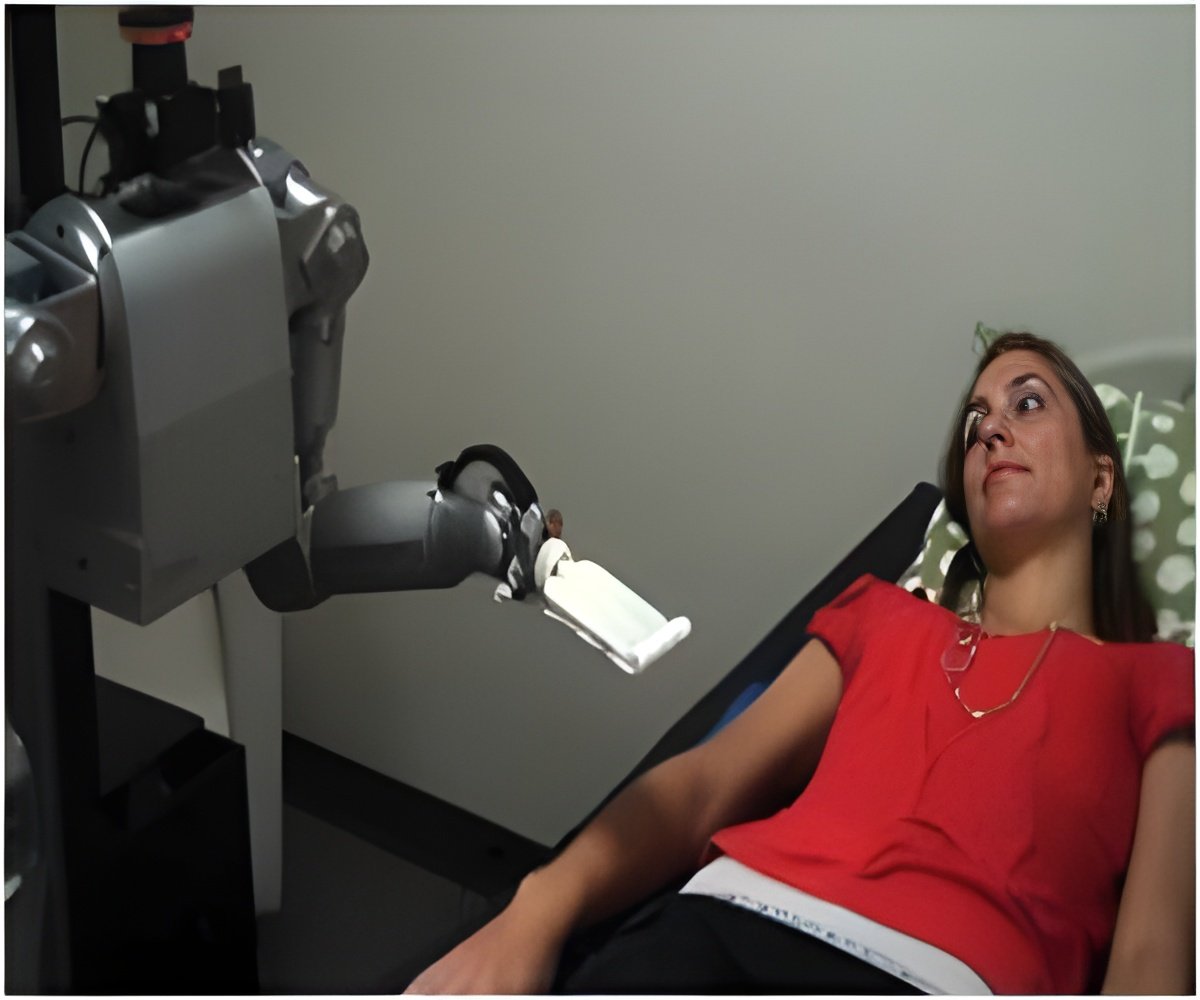When computers are made to watch a football game, they can learn enough to design games themselves and even control the 'players.'

Artificial intelligence researchers at the Ohio State University believe that they have created a new system that may improve everything from factory efficiency to airport operation or nursing care.
The findings of the new study have been published in AI Magazine, a professional journal of the Association for the Advancement of Artificial Intelligence.
“This is one of the first attempts to put several systems together and let a computer see something in the visual world, study it and then learn how to control it,” said Alan Fern, an associate professor of computer science at OSU.
“Football actually makes a pretty good test bed, because it’s much more complicated that you might think both visually and strategically, but also takes place in a structured setting,” he said. “This makes it quite analogous to other potential applications.”
Even everyday tasks that are simple for a human, Fern said, are a lot more complicated than they seem.
Advertisement
Then consider designing an OSU Beavers passing play, which is very fast-paced, designed to confuse the opponent, and based on complex rules; the ball could be thrown to any of several receivers and it still only works about half the time. For a computer that initially has no concept of pass routes and blocking, that’s difficult.
The work could have multiple applications. Control and logistics planning is hugely important in industry, and even small improvements in efficiency could save billions of dollars. Computer vision and controls might be useful in hospitals or nursing homes to help monitor patients and see who needs care. Large operations such as an airport offer multiple control challenges, or the military could use such approaches to improve supply chains for troops in the field.
The research has been supported by the National Science Foundation and the Defense Advanced Research Projects Agency of the U.S. Department of Defense. It is a collaboration of OSU and the Institute for the Study of Learning and Expertise in Palo Alto, Calif.
The research is still at a basic stage, the scientists said, but could have commercial applications within a few years. The new study outlines a clear “proof of concept” in action recognition, transferring that recognition into procedural knowledge, and adapting those procedures to new tasks, the scientists said in their conclusion.
“One thing I’d also like to do is return the favor to the football team,” Fern said.
“The study of these football plays is helping us to create intelligent computer systems,” he said. “When this is more fully developed, we should be able to actually apply it to football, maybe help coaches analyze an upcoming opponent, let the computer determine what they are doing and suggest a strategic nugget to the coach.”
Source-Medindia









